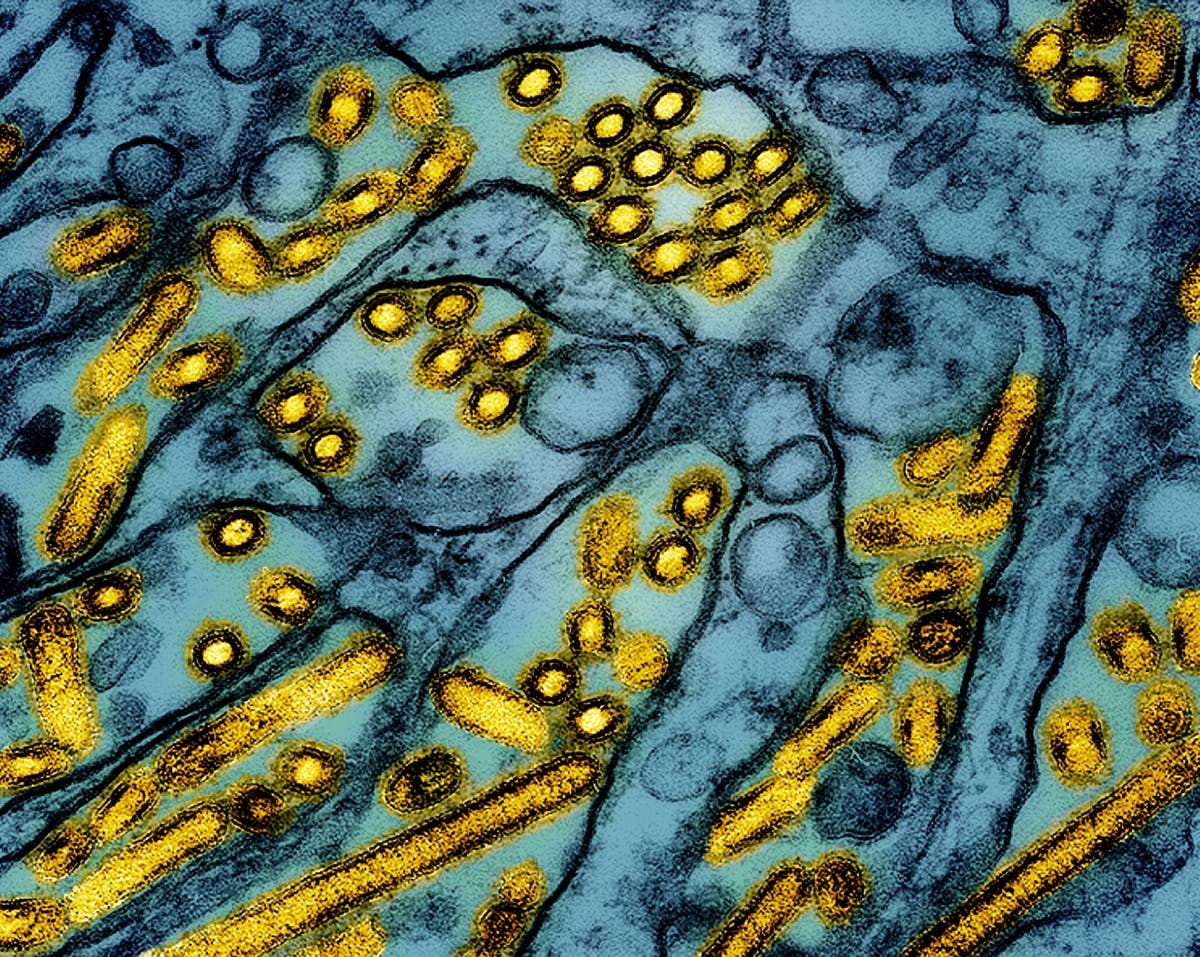As H5N1 bird flu continues to spread around the US, health officials recently found that 7 percent of dairy workers tested on farms in two states had evidence of recent infection — and some had signs of infection even when they didn’t feel sick. On Monday, the US Department of Agriculture reported 491 cattle herds had been infected in 15 states, including a quarter of California’s dairy herds . In the last 30 days, the department said that more than 20 flocks of chickens and turkeys were confirmed to have bird flu.
A study published last week in the Centers for Disease Control and Prevention’s (CDC) weekly Morbidity and Mortality report, in partnership with state health departments in Colorado and Michigan, called for the need for active monitoring of those exposed and additional testing. “This is a significant move towards the assessment that these H5N1 viruses are a greater risk than the CDC estimated before,” Dr. Gregory Gray, an infectious disease researcher at the University of Texas Medical Branch, told The Associated Press .
Shortly before its publication, the US had reported 46 human infections across six states. That tally has not been updated since last Friday. And, on Saturday, Canada reported its first presumed human case of H5 avian influenza.
The government of British Columbia said that the infected individual is a teenager who is receiving care at the British Columbia Children’s Hospital. The source of the infection is unknown. “This is a rare e.


















